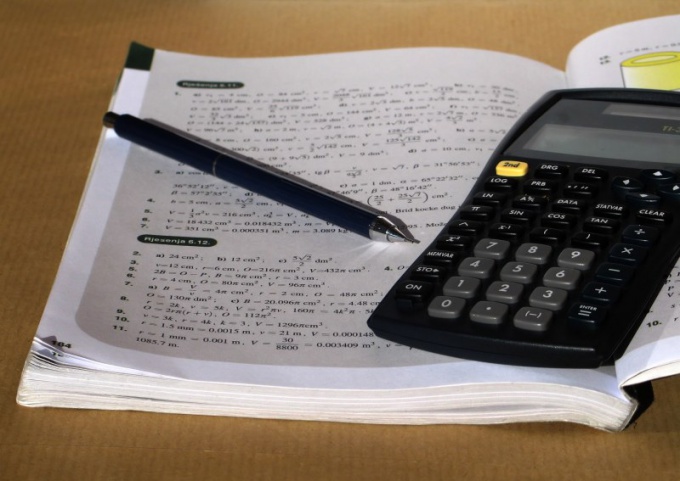Instruction
1
If you know two adjacent member geometric progression b(n+1) and b(n) to obtain the denominator, we need the number with a large index divided by the previous: q=b(n+1)/b(n). It follows from the definition of progression and its denominator. An important condition is the inequality to zero of the first member and the denominator of progression, or the progression is undefined.
2
So, between members of the progression are set by the following relationship: b2=b1•q, b3=b2•q, ... , b(n)=b(n-1) •q. According to the formula b(n)=b1•q^(n-1) can be computed for any member of a geometrical progression, in which well-known denominator q and the first member b1. Also, each of the members of a geometric progression modulo equal to the median of their neighboring members: |b(n)|=√[b(n-1)•b(n+1)], hence the progression got its name.
3
The analogue of the geometric progression is the simplest exponential function y=a^x, where argument x is in the exponent, a is some number. In this case, the denominator of the progression coincides with the first member and is equal to the number a. Under the value of the function y can be understood n-th member of progression, if the argument x is taken for a natural number n (the counter).
4
There is a formula for the sum of the first n terms of a geometric progression: S(n)=b1•(1-q^n)/(1-q). This formula is valid when q≠1. If q=1, then the sum of the first n terms is computed by the formula S(n)=n•b1. By the way, the progression is called increasing if q is greater than one and positive b1. When the denominator of the rate, not exceeding units, the progression will be called descending.
5
A special case of the geometric progression is infinite decreasing geometric progression (b..g.p.). The fact that the members of the decreasing geometric progression again and again will decrease but never reach zero. Despite this, it is possible to find the sum of all the members of this progression. It is defined by the formula S=b1/(1-q). The total number of members n is infinite.
6
In order to visualize how it can be folded an infinite number of numbers and not get infinity, bake a cake. Cut half of the cake. Then cut 1/2 of the half, and so on. Pieces that you get, represent not that other, as members of an infinitely decreasing geometric progression with the denominator of 1/2. If you add up all these pieces, you will receive the original cake.











